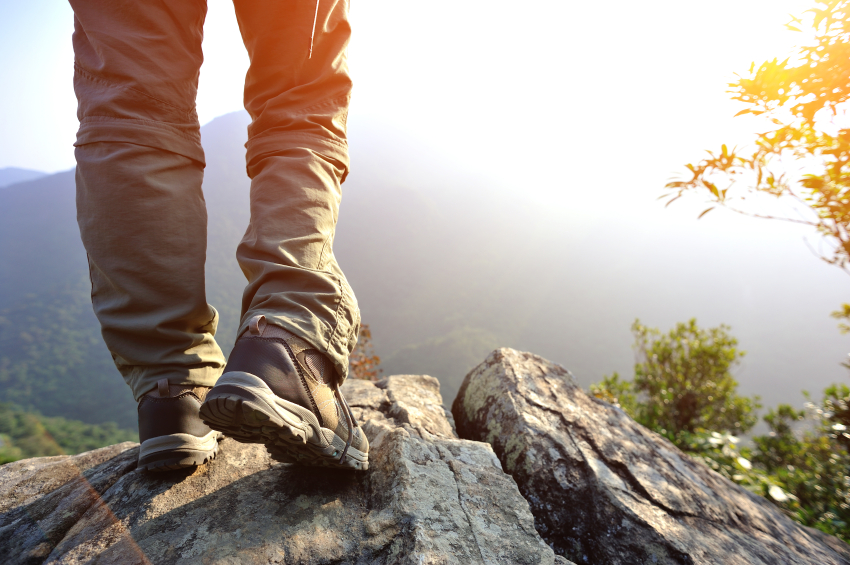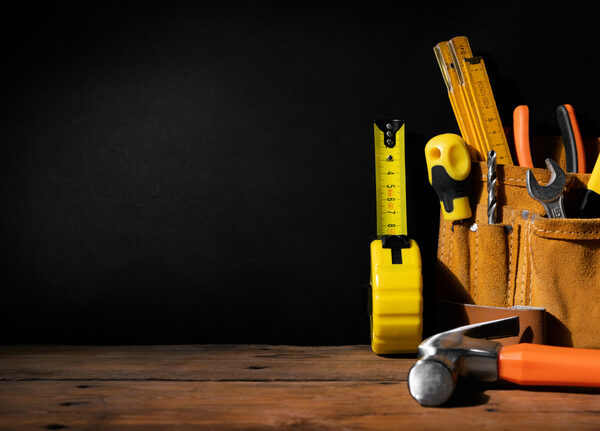Medical advances over the past 40 years have extended the lives of many older adults but now the trick is to live into old age as active and healthy as possible. While yoga, spinning and or Zumba classes may be popular is some seniors’ circles, one of the best (and cheapest) ways to maintain fitness in older age is to keep a regular walking schedule.
To best benefit from walking, seniors should try to walk energetically for 30 minutes, five times a week. Walking can improve balance, endurance, strength and help adults lose pounds or maintain a healthy weight. Gentle stretching, especially in the hips, will help prevent injury and promote mobility.
Studies have found that regular walking helps seniors improve their overall health, functional abilities and lower their risk for heart disease and diabetes. Regular walking can also help the elderly avoid joint problems. The speed at which seniors walk has been linked with longevity and may be a good predictor of future health.
One of the greatest advantages of walking is that the exercise can be tailored to individual abilities and needs. More active seniors can choose trails where hills and uneven paths challenge their fitness and balance or beginners can start with a mall walking group where they can stay motivated with friends. Getting out of the house for a walk in the neighborhood, on local trails or parks is a great way to avoid social isolation and help seniors feel more a part of the community. Bringing along a dog or grandchild will likely help break the ice with even more people.
As with any exercise, older adults should consult their physician before starting any new program. Walkers should always wear sturdy, well fitted walking shoes and take along water, especially during hot weather. Early morning or evening are the best times to walk in the heat of summer when the sun is low. Wear sunscreen and insect repellent if you will be exposed to ticks or mosquitoes.
Seniors who are unsteady walking can use a cane or hiking poles for extra balance. If walking alone, take along a mobile phone and try to let someone else know where you are going and when you are expected to return. Take good care of your feet with proper hygiene and foot care and visit a podiatrist if you have any problems to keep you great walking shape!
For more information about physical activity for older adults visit the Center for Disease Control and Prevention at http://www.cdc.gov/physicalactivity/basics/older_adults/index.htm .






Thanks for the post!
You’re welcome!